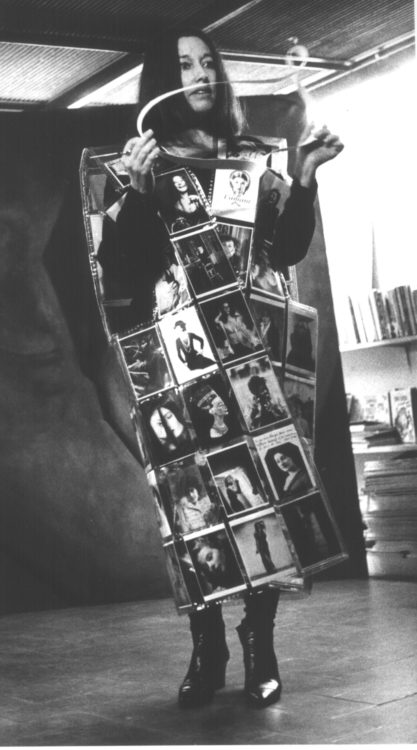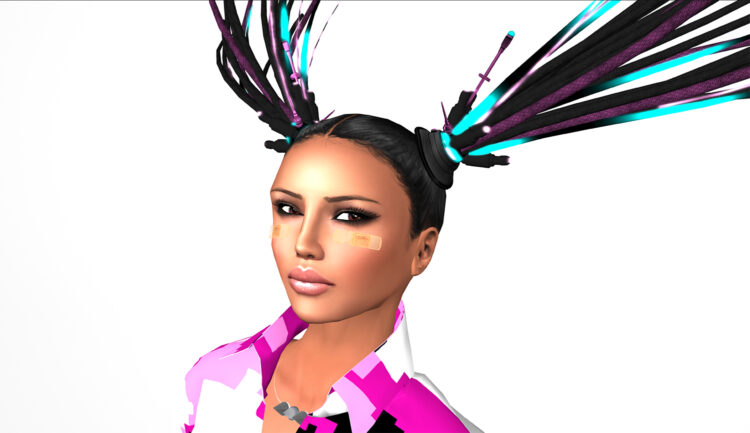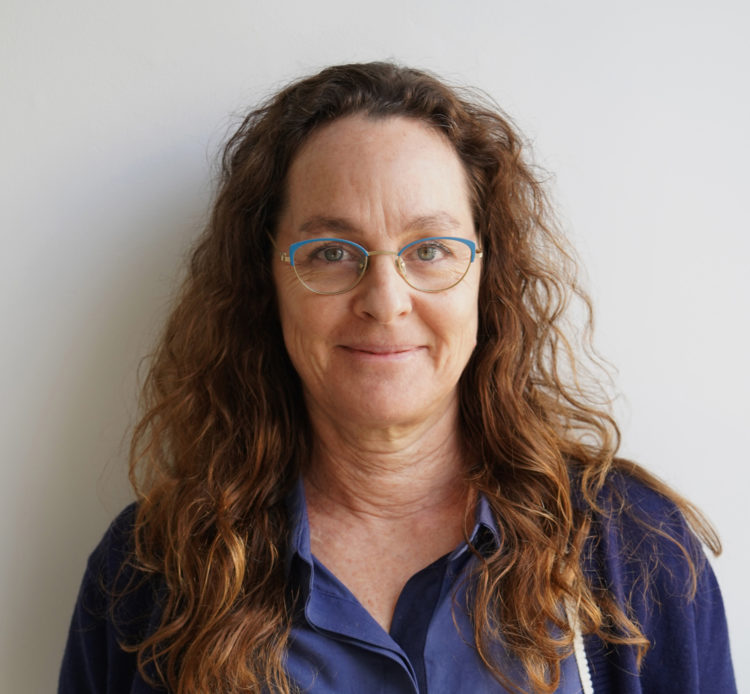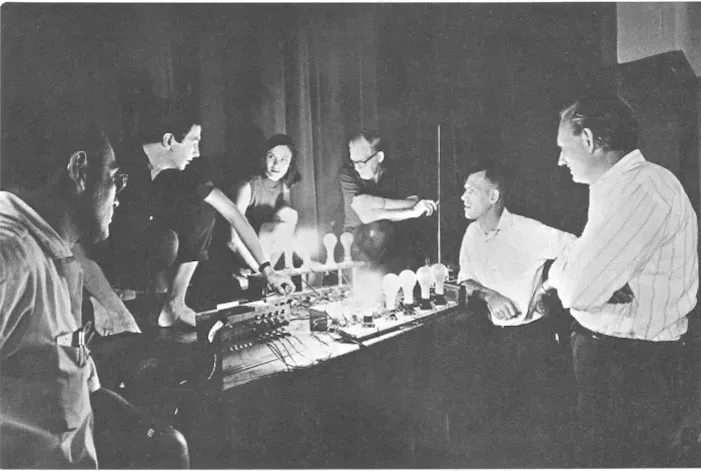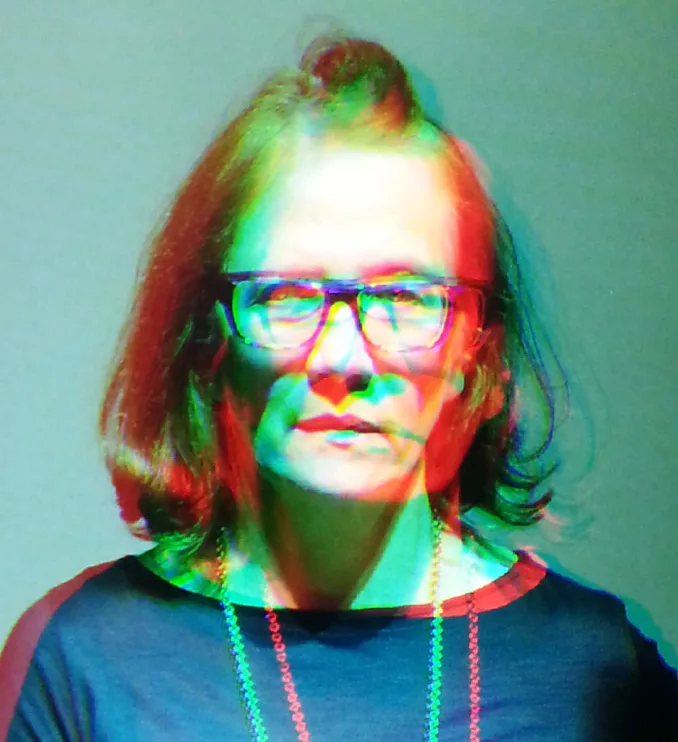Seiko Mikami
Ma Jung-Yeon and Tomoya Watanabe, eds., Seiko Mikami: A Critical Reader, Tokyo: NTT, 2019
→Mikami, Seiko, Molecular Informatics – Morphogenic Substance vie Eye Tracking, Málaga: Centro de Ediciones de la Diputación de Málaga (CEDMA), 2004
→
Mikami, Seiko, ALL HYBRID 1984–1990 SEIKO MIKAMI, Tokyo: Atelier Peyotl, 1990
Seiko Mikami: Desire of Codes, Yamaguchi Center for Arts and Media[YCAM], March 20–June 6, 2010
→6th ARTLAB Exhibition Seiko Mikami Molecular Informatics—Morphogenic Substance via Eye Tracking, Hillside Plaza, Tokyo, March 30–April 7, 1996
→Seiko Mikami: New Formation of Decline, former site of Yebisu Beer Brewery, Tokyo, May 19–June 14, 1985
Japanese media artist.
Seiko Mikami’s first solo exhibition, New Formation of Decline, was held in May 1985, a large-scale installation with junk iron sculptures and CRT TVs that established her as a leading figure in cutting-edge Tokyo culture. Against a backdrop of the digitalization of urban infrastructure, Mikami held the solo show Bad Art for Bad People (1986), in which she created an imitation nervous system with telephone cables, as well as the performance Barrikade, in collaboration with Norimizu Ameya (b. 1961) of the theater company Tokyo Grand Guignol, revealing a thematic shift to brains and computers, the body and immunity, and other forms of nonphysical information. In 1990, she exhibited the series Information Weapon, part of which was her solo exhibition Super Clean Room, held at a research institute with a clean room, and was an immense achievement exploring information warfare. In 1991, Mikami went to the United States, where she undertook graduate studies in computer science at the New York Institute of Technology, graduating in 1995. In parallel with her studies, she exhibited works in Europe, the United States, and Japan dealing with membranes, air, pollution, and other themes, including at contemporary art galleries.
In 1995, her practice shifted toward media art with a focus on interactive works exploring perceptual interfaces. That same year, she exhibited Molecular Clinic 1.0 on the Internet for Canon ARTLAB, followed by Molecular Informatics—Morphogenic Substance via Eye Tracking in 1996 (also for Canon ARTLAB), and then World, Membrane and the Dismembered Body at NTT InterCommunication Center in 1997. These works were recreated in different versions and toured to venues and festivals in both Japan and abroad (including the Dutch Electronic Art Festival in Rotterdam, transmediale in Berlin, Ars Electronica in Linz, Fundació Joan Miró in Barcelona, and Musée d’arts de Nantes). In the 2000s, she started teaching at Tama Art University but continued to exhibit large-scale interactive works like gravicells—gravity and resistance (2004), a collaboration with Sota Ichikawa (b. 1972), and Desire of Codes (2010) at Yamaguchi Center for Arts and Media (YCAM), both of which went on to tour nationally and internationally (with the latter winning an Excellence Award in the Art Division of the 2010 Japan Media Arts Festival). In 2011, Molecular Informatics (1996) was recreated at YCAM, but significant differences in the new version due to technological changes led to it being retitled Eye-Tracking Informatics. Mikami then undertook a new project involving drones and AI, but died suddenly in early 2015.
The works she made with YCAM have since undergone restoration. Even with Mikami gone, the team includes people who knew her well and can continue to respond and review the process meticulously, making the restorations a valuable case study for archiving media art. Mikami emerged against a backdrop of alternative cultures like cyberpunk, noise music, and industrial music. Given the shift in her practice from junk works in the 1980s to media art from the mid-1990s, critical discussion frequently focuses on that disparity. However, Mikami’s work was actually quite consistent in terms of her critical engagement with information about borders, networking, and dereliction, intersecting with such topics as the body, city, nation-state, and computers. She was a highly unusual artist who constantly used her work to investigate the direction of humankind and new technology—that is, the posthuman future—and turned her sharp eye on the changing times. Mikami’s work is replete in power and appeal. Though not an explicit advocate of feminism, the way she lived her life was an affirmation of living and creativity founded on differences that transcend gender and other boundaries.
A biography produced as part of the programme “Living with two brains: Women in New Media Art, 1960s-1990s”
© Archives of Women Artists, Research and Exhibitions, 2025







